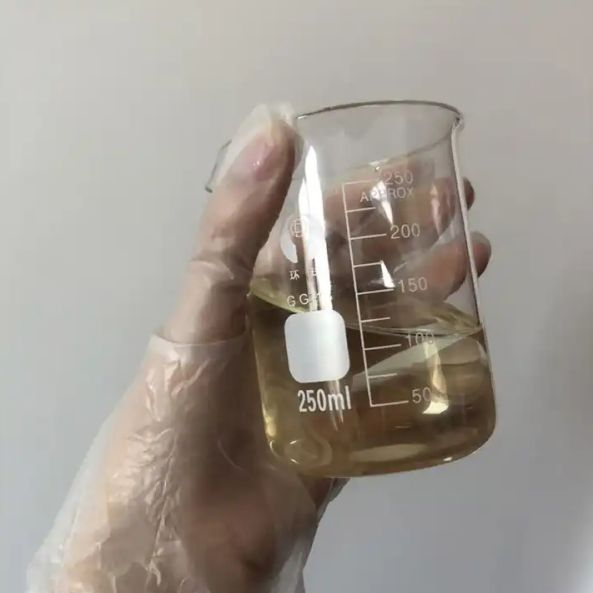2. The sensitivity of polycarboxylic acid water reducer to mud content
The mud content in the raw materials of concrete, sand and gravel, will have an irreversible impact on the performance of concrete and reduce the performance of polycarboxylic acid water reducer. The fundamental reason is that after the polycarboxylic acid water reducer is adsorbed by clay in large quantities, the part used to disperse cement particles is reduced, and the dispersibility becomes poor. When the mud content of sand is high, the water reduction rate of polycarboxylic acid water reducer will be significantly reduced, the slump loss of concrete will increase, the fluidity will decrease, the concrete will be prone to cracking, the strength will decrease, and the durability will deteriorate.

There are several conventional solutions to the current mud content problem:
(1) Increase the dosage or increase Add a slow-release collapse-preventing agent in a certain proportion, but control the amount to prevent yellowing, bleeding, segregation, bottom grabbing and too long a set time of concrete;
(2) Adjust the sand ratio or increase the amount of air entraining agent. Under the premise of ensuring good workability and strength, reduce the sand ratio or increase the amount of air entraining agent to increase the free water content and paste volume of the concrete system, so as to adjust the performance of the concrete;
(3) Add or change the components appropriately to solve the problem. Experiments have shown that adding an appropriate amount of sodium pyrosulfite, sodium thiosulfate, sodium hexametaphosphate and sodium sulfate to the water reducer can reduce the impact of mud content on concrete to a certain extent. Of course, the above methods cannot solve all mud content problems. In addition, the impact of mud content on concrete durability needs further study, so the fundamental solution is to reduce the mud content of raw materials.
Post time: Oct-28-2024






